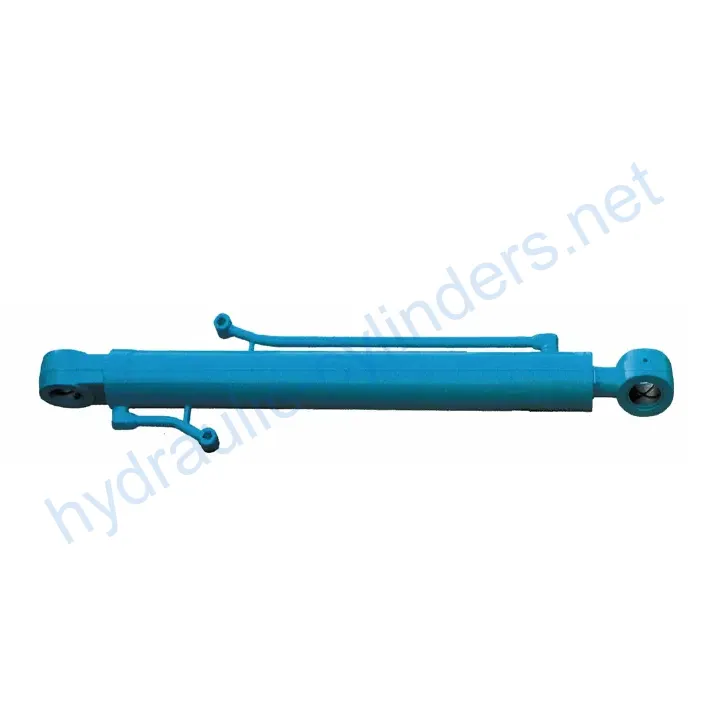Boom Cylinder For Nante NT60
Boom Cylinder For Nante NT60
Understanding the Boom Cylinder
The boom cylinder is a vital component in hydraulic systems, specifically designed for controlling the motion of various heavy machinery, such as excavators, backhoe loaders, and front loaders. This hydraulic cylinder enables the boom or bucket to lift, lower, and tilt, facilitating material handling tasks efficiently. These cylinders play a crucial role in the operation of heavy equipment, allowing for precise movements and enhancing productivity on job sites.
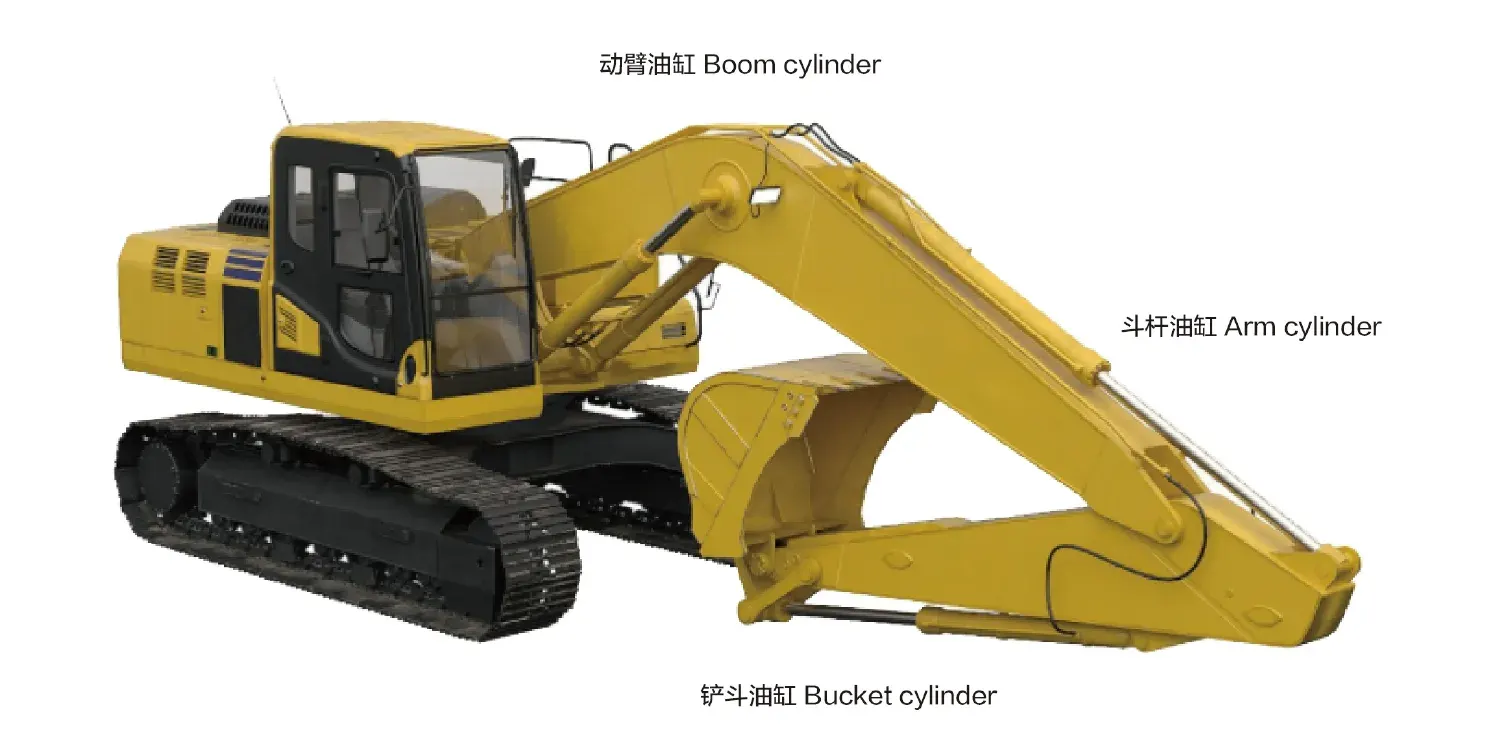
Key Features of the Boom Cylinder
- High Strength and Durability: Typically made from high-strength steel or aluminum, the boom cylinder can withstand high pressure and heavy loads while adapting to harsh working environments. Designed for wear resistance and corrosion protection, it ensures a prolonged lifespan.
- Efficient Hydraulic Operation: Utilizing the pressure of hydraulic oil allows for smooth retracting and extending actions. The cylinder can respond quickly to control commands, providing powerful push and pull capabilities suitable for handling heavy loads and complex tasks.
- Diverse Types: Available in single-acting (operates in one direction) or double-acting (operates in both directions) configurations, the boom cylinder meets various operational demands. Some models are telescopic, enabling greater extension without increasing external dimensions, ideal for space-constrained applications.
Our company can manufacture this product, and our products can perfectly replace these hydraulic cylinders.
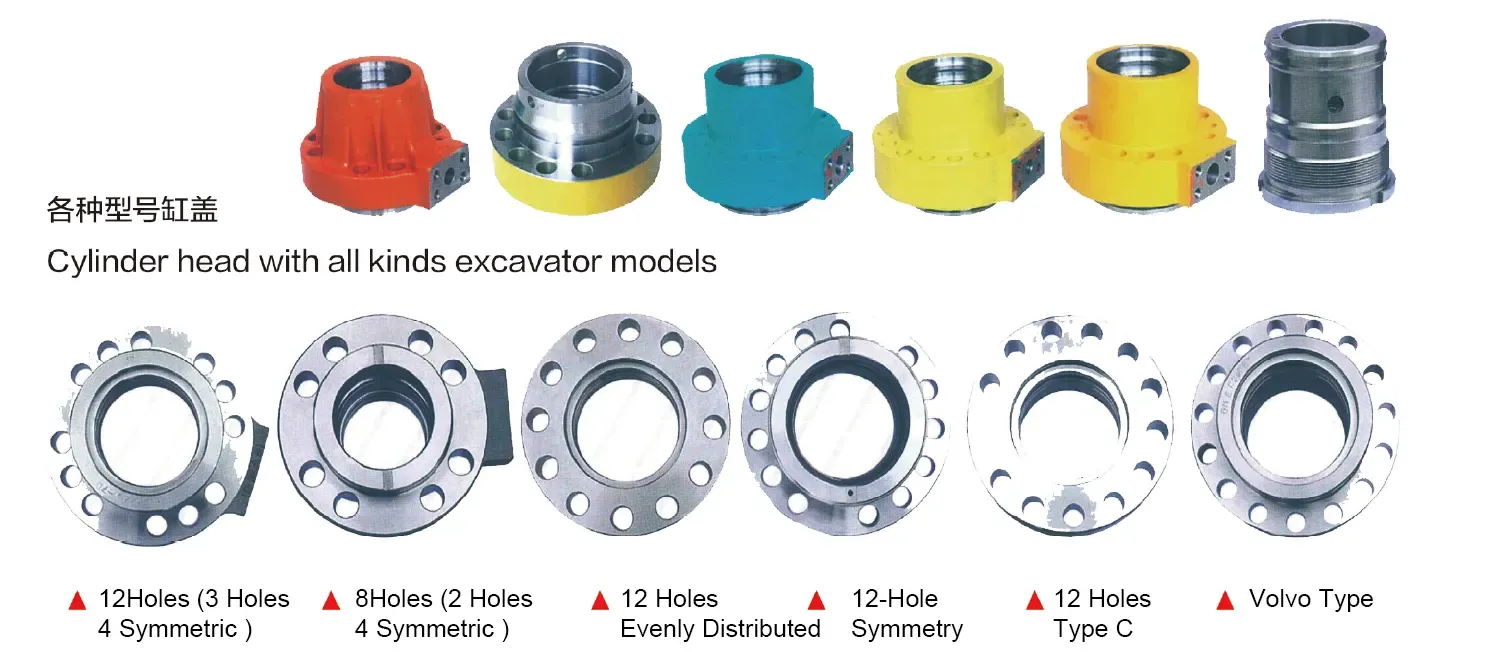
Applications of the Boom Cylinder
Construction Equipment
In excavators, boom cylinders are essential for digging, loading, and moving dirt or debris. They allow the bucket to penetrate the ground for efficient excavation while maintaining control over the lifting and lowering of materials. This functionality is crucial for construction projects requiring precision and speed.
Agricultural Machinery
Used in front-end loaders, boom cylinders facilitate the scooping, lifting, and transporting of soil, hay, and other materials. The ability to handle various agricultural tasks efficiently makes them indispensable in the farming sector, significantly enhancing productivity and reducing labor costs.
Excavation Operations
In excavators, the boom cylinder enables the bucket to penetrate the soil effectively, allowing for smooth digging motions. This capability is vital for construction and landscaping projects, where accurate soil removal is necessary.
Loader Functions
In front loaders, boom cylinders help lift and dump materials effectively. Their robust design ensures that heavy loads can be handled with ease, providing operators with the necessary tools to perform their tasks efficiently.
Design Considerations and Selection Criteria
Load Capacity
When selecting a boom cylinder, understanding its load capacity is paramount. The cylinder must be capable of handling the maximum weight of the materials it will lift or move without risking failure. This involves considering not just the immediate weight, but also any potential dynamic loads during operation. A well-designed cylinder will have safety factors built into its load capacity to accommodate unexpected stresses.
Sealing and Durability
Sealing is critical in preventing hydraulic fluid leaks, which can diminish performance and lead to costly repairs. A boom cylinder’s sealing system should be robust and made from materials that withstand wear and exposure to hydraulic fluids. Additionally, the overall durability of the cylinder is essential, as it operates in environments that can cause wear and tear. The use of quality materials and precision manufacturing processes enhances the durability and reliability of the cylinder.
Safety Features
Safety is a crucial consideration in the design of boom cylinders. Incorporating features such as pressure relief valves and safety locks can prevent accidents and equipment failure. These safety mechanisms ensure that the cylinder operates within safe parameters and can protect both the machinery and its operators from harm.

Sealing and Lubrication of the Cylinder
Using various sealing components, such as piston seals and rod seals, is essential for maintaining the efficiency of boom cylinders. Seals made from wear-resistant materials like polyurethane and nitrile rubber are recommended for their durability. The cylinder body and threaded end surfaces should undergo fine machining to enhance wear resistance. Regular lubrication with hydraulic oil is necessary to prevent friction and ensure smooth operation.
Preventive Maintenance Measures
- Regular Inspections: Schedule routine inspections to identify wear and tear before they lead to significant issues. Check for external damage or leaks.
- Proper Lubrication: Ensure that the cylinder is adequately lubricated with the correct type and amount of hydraulic oil to facilitate smooth movement and prevent overheating.
- 更换密封件: Monitor the condition of seals and replace them promptly to avoid fluid leaks, which can compromise performance.
Installation Guidelines
Proper installation is critical for the effective functioning of a boom cylinder. Begin by ensuring the mounting surfaces are clean and free of debris. Align the cylinder accurately with the attachment points to prevent undue stress on the cylinder and its connections. Use appropriate mounting brackets to secure the cylinder firmly, ensuring no misalignment occurs during operation. After installation, check for any hydraulic leaks and pressure test the system to confirm proper installation.
Common Maintenance Tasks
- Regular Checks: Conduct scheduled inspections for signs of wear or damage. This includes examining hoses, fittings, and the cylinder for cracks or leaks.
- 润滑: Maintain appropriate lubrication levels by regularly adding hydraulic oil to the system, ensuring operational efficiency.
- 更换密封件: Replace worn or damaged seals to prevent leaks and maintain hydraulic pressure effectively.
Safety Considerations and Environmental Factors
Implementing safety measures is essential when using boom cylinders, as hydraulic systems can be hazardous if not handled correctly. Operators should be trained to recognize potential risks and follow safe operating procedures. Environmental factors, such as exposure to harsh conditions, can affect the performance and lifespan of hydraulic components; therefore, using protective measures to shield machinery from environmental damage is advisable.
Troubleshooting Common Issues
- Loss of Power: If the boom cylinder exhibits a loss of power, inspect the hydraulic fluid level and check for leaks in the system. Ensure all connections are secure.
- Slow Operation: A slow response can indicate low hydraulic fluid or a blockage in the system. Check the fluid and clear any obstructions.
- Unusual Noises: Grinding or knocking noises may suggest mechanical issues or insufficient lubrication. Investigate for potential causes and address them promptly.
Maintenance Tips
To prolong the life of the boom cylinder, implement preventive measures. Regularly check the hydraulic fluid level, as low levels can lead to overheating and damage. Ensure that all seals are intact and functioning correctly to prevent leaks. Keep the cylinder clean and free from debris; this will reduce wear on seals and components. Consider scheduling professional maintenance checks to ensure all aspects of the hydraulic system are functioning optimally.
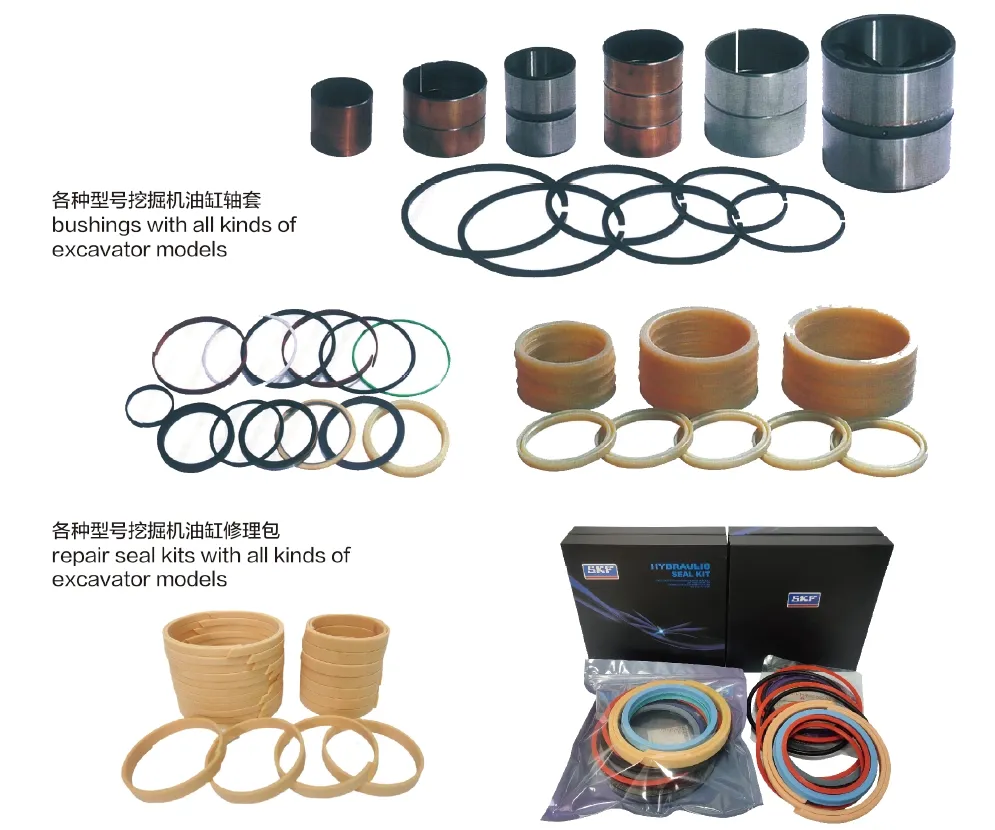
About Our Company
We are a leading manufacturer of replacement hydraulic cylinders, offering a comprehensive range of products that have established us as one of the top manufacturers and wholesalers in both domestic and international markets. We adhere to the highest standards of quality, relying on meticulous manufacturing strategies and advanced production management. Our company continuously enhances its manufacturing platform through the use of skilled personnel, high-end digital manufacturing equipment, and professional testing systems, ensuring that we meet diverse customer needs with high efficiency, precision, and quality.
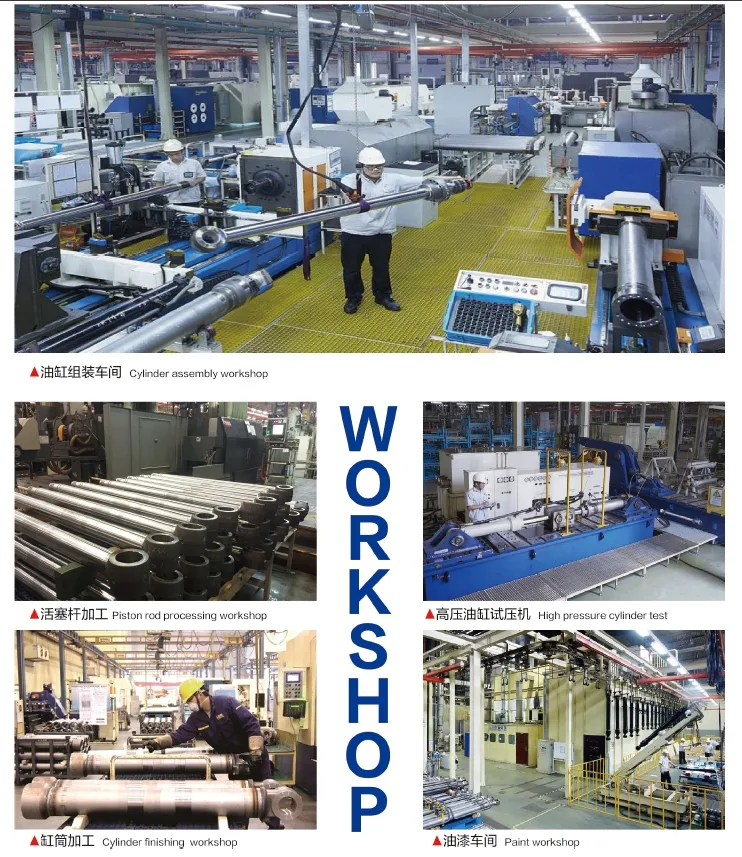
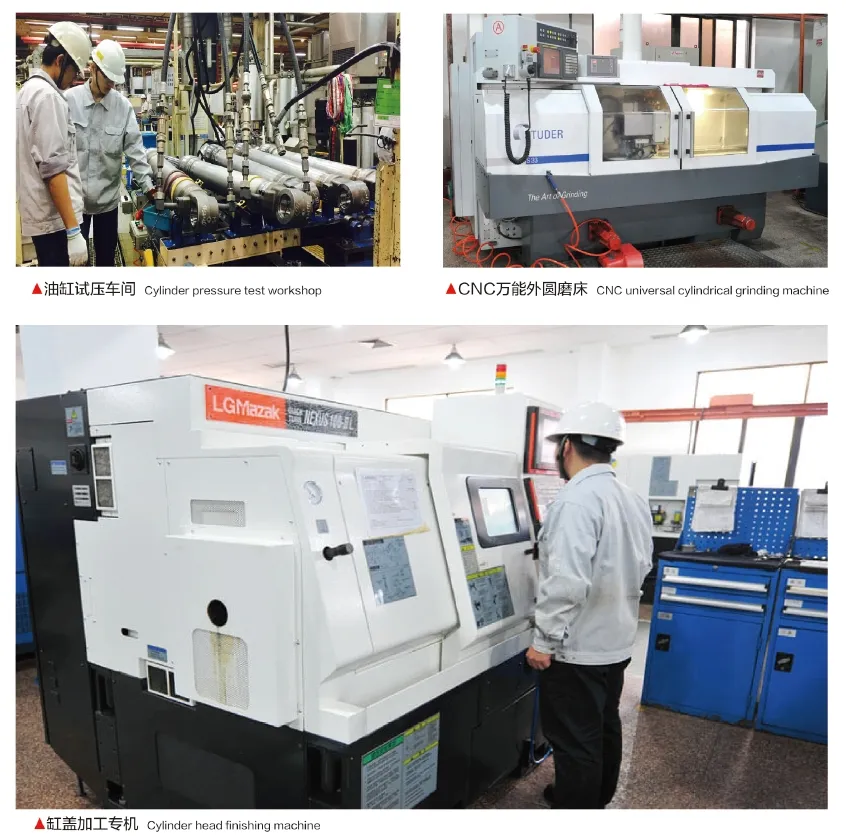
Author: lyl
参观我们的 VR 工厂
通过以下方式参观我们的 VR 工厂
液压缸应用:


